Retro Replay Review
Gameplay
Graffiti Man drops you into the shoes of an urban artist on a mission: make your mark while dodging a barrage of hostile characters. Each of the four main locations is packed with old men wielding canes, overzealous police officers, skaters on hoverboards, and flower-wielding pedestrians. Contact with any of these adversaries costs you a life, and getting hit by their projectiles strips away one of your precious spray cans. Lose all your cans and you’re sent back to the start of the level—an unforgiving blend of action and precision.
The heart of the gameplay revolves around resource management and quick reflexes. Every encounter demands split-second decisions: do you weave around the police officer charging at you, or do you make a bold dash toward the next spray point? Your spray cans serve as both weapon and health meter. Getting struck by a thrown flowerpot or a hurled skateboard chip away at your supply, raising the tension as the can count dwindles and the threat level ramps up.
Reach the end of a location, and you’re rewarded with a timed wall painting challenge. Here, accuracy is key: target the marked regions on the brickwork to maximize your point haul before the clock hits zero. It’s a refreshing change of pace from the dodge-and-weave gauntlet you’ve just conquered. The timer adds pressure, and every successful tag feels like a mini-victory—proof that your skill behind the controller matches your prowess with the spray can.
The cherry on top arrives once you clear all four levels: a fully featured paint program. Free from time constraints, you can experiment with different spray sizes, colors, and densities. On the Amiga version, an undo feature lets you clear mistakes with ease. Whether you’re decorating your own digital canvas or simply unwinding after a tough level, this creative sandbox is a thoughtful bonus that extends Graffiti Man’s replay value well beyond the main stages.
Graphics
Graphically, Graffiti Man embraces a vibrant, cartoonish pixel art style that pops on retro hardware. Each character sprite—be it the stooped old man or the flower-wielding woman—features distinct animations that clearly telegraph their attacks. Backgrounds shift from gritty back alleys to sunlit industrial complexes, each rendered with enough texture to feel grounded yet stylized enough to avoid looking drab.
The in-game palette leans heavily on saturated primary colors, mirroring the bold nature of street art itself. Spray effects bloom in vivid hues, leaving drips and splatters that evoke real-life graffiti. Walls look convincingly brick-like, with mortar lines and chipped paint appearing in close-up, while the user interface remains clean and unobtrusive, keeping your focus on the action.
Animations are smooth for the era, with frame rates that hold steady even when multiple enemies and projectiles clutter the screen. The developers pay special attention to the muzzle flash of your spray can and the slo-mo splash when paint collides with the wall. These little touches elevate the visual feedback, making both successful evasion and precise tagging feel immensely satisfying.
Story
While Graffiti Man’s narrative takes a back seat to its arcade action, the premise is refreshingly straightforward: you’re an underdog street artist battling a city that wants to stamp out your creativity. There’s no lengthy exposition—just four distinct locations that grow more hostile as you progress, each one symbolizing a different facet of urban resistance.
The lack of dialogue or cutscenes keeps the focus squarely on gameplay, but subtle environmental cues hint at a larger story. Posters plastered on walls, broken traffic signs, and rusted fences suggest a city in flux. You’re not just tagging for fun; you’re reclaiming public spaces and leaving your mark on a world that’s constantly trying to wipe you out.
This minimalist approach works in the game’s favor, allowing players to project their own motivations onto the protagonist. Are you fighting for artistic freedom, rebellion, or simply the thrill of evasion? Graffiti Man’s sparse storyline is more an invitation than a directive, drawing you into its world without dictating your every move.
Overall Experience
Graffiti Man delivers a unique blend of twitch-based action and creative expression. Its short campaign offers a fair but challenging gauntlet of enemies and timed spray sessions that keep your adrenaline pumping. The transition from life-or-death dodging to precision painting creates a satisfying gameplay loop that never feels repetitive.
The addition of the free-form paint program after completing the main stages is a masterstroke. It transforms a compact action title into a long-lasting creative outlet, especially on the Amiga version where you can clear mistakes and experiment endlessly with color and density settings. It’s a feature that sets Graffiti Man apart from other action-platformers of its era.
While the game’s premise may be simple and its story minimal, Graffiti Man shines through its personality, responsive controls, and bold visual flair. Whether you’re seeking a quick arcade fix or a digital canvas to unleash your inner artist, this title offers both in spades. For retro gaming fans and budding digital taggers alike, Graffiti Man stands as a colorful testament to the rebellious spirit of street art.
 Retro Replay Retro Replay gaming reviews, news, emulation, geek stuff and more!
Retro Replay Retro Replay gaming reviews, news, emulation, geek stuff and more!
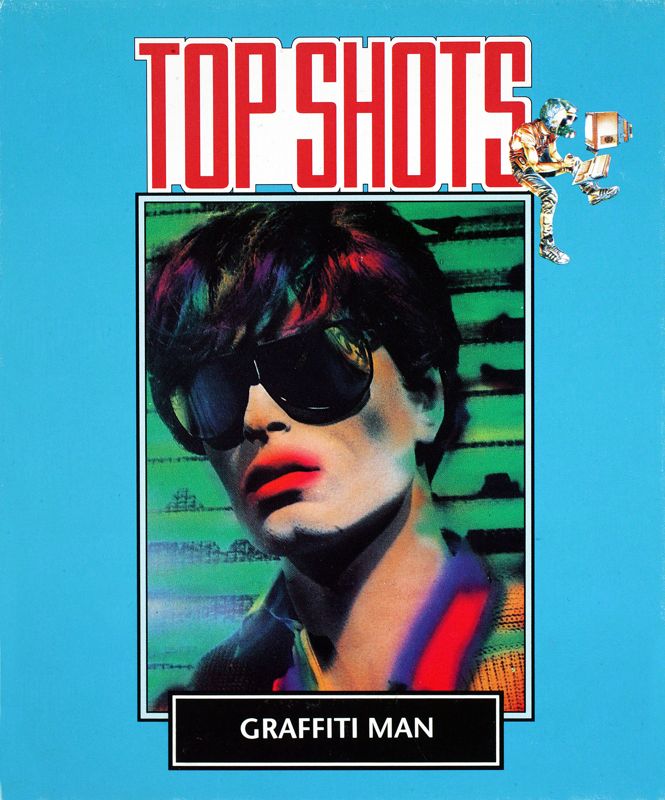
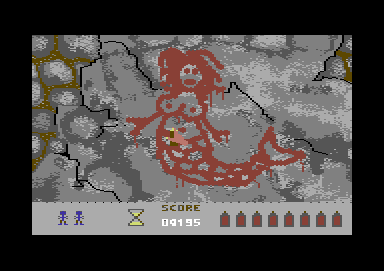
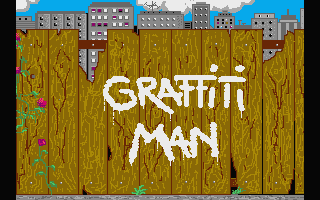
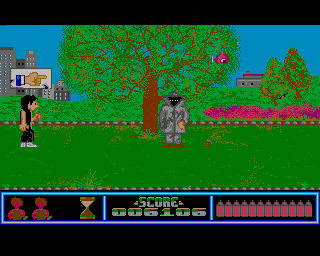
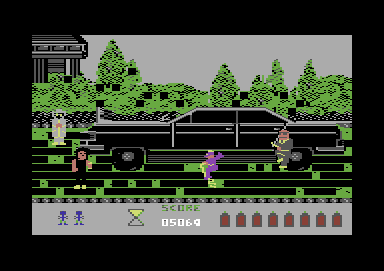
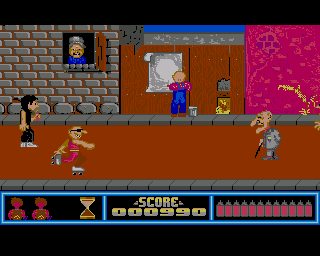



Reviews
There are no reviews yet.